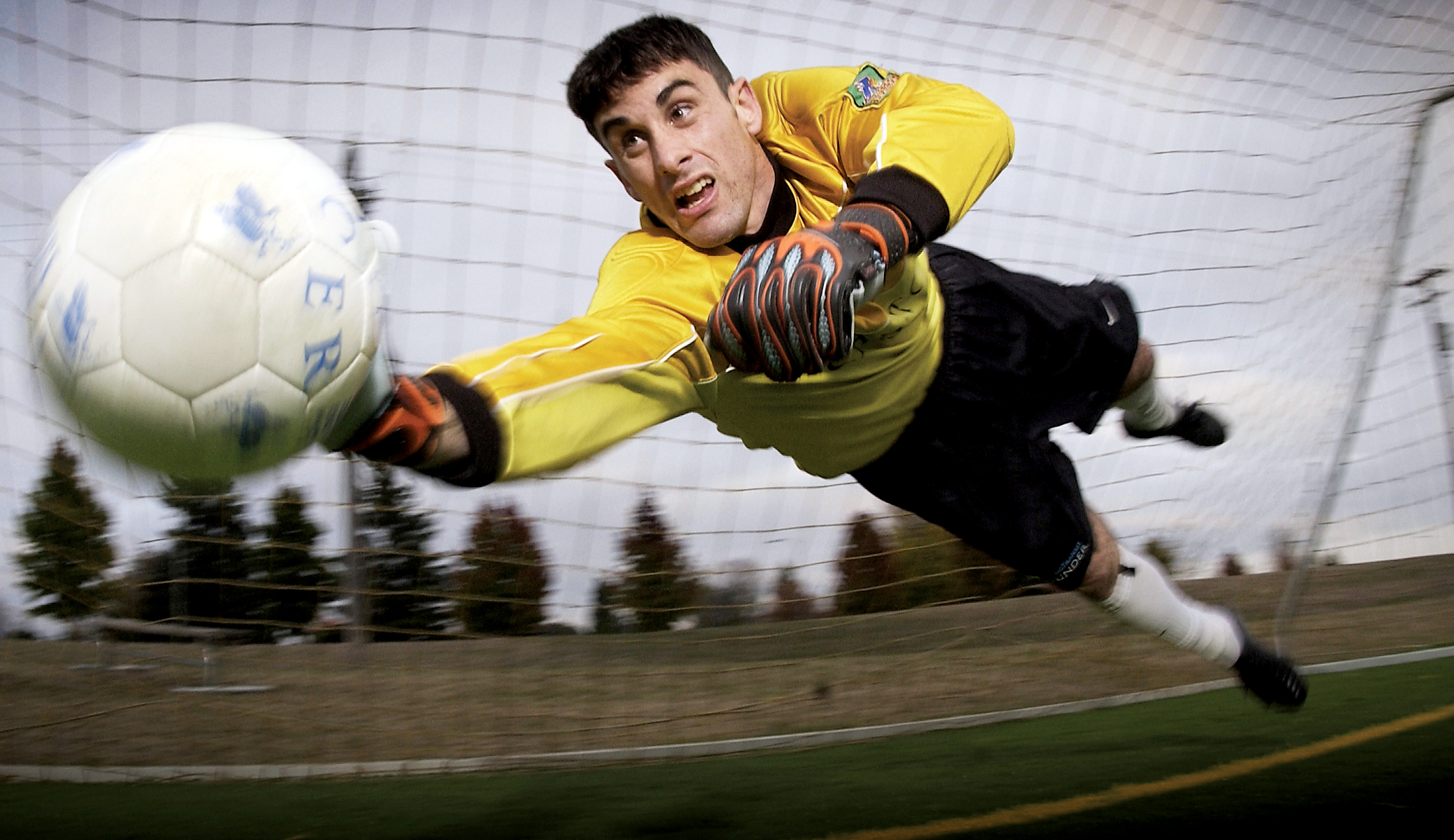Our old facility was very good. It had 7 grass fields that were able to accommodate 4v4 to 11v11. We had an indoor facility that was the old style field with boards and the field measured 200' x 90', but it was very suitable for soccer although it had the old style turf as well.
Our new facility has a full size indoor and two full size outdoor artificial pitches with the latest technology in turf. The indoor facility is routinely divided into 4 mini fields that are rented by teams (with great rates). The artificial fields all have multiple portable goals. Three grass fields are still growing outside (for spring 2014) and we still have our seven fields at the old location.
Why the new facility? Well, first and foremost, the idea was hatched by city employees who knew we were sitting on a valuable chunk of property. The new location is old industrial land. Second, we did need a new indoor setup. The boards on the indoor field were antiquated, the turf needed replacing and the demand was there for more space. The building also needed a lot of work. It has since been taken over by Niagara Sport and Social.
I am still trying to wrap my head around the concept of a public-private-partnership (PPP). It has proven to be a bit of a change in terms of how money travels through the system, but that's a story for another day. I am not saying it's good or bad, it's just new to me.
Back to soccer...
In the past our coaches were accustomed to:
- Grass fields available May 1 - Sept 30
- A heavily booked indoor facility
- Limited suitable gym space within our area
Now our coaches have access to:
- More suitable indoor training space with much better turf
- Artificial outdoor fields that can possibly be used March 1 - November 30
"There will also be pressure on the Welland Soccer Club to expand programs as our income was a major selling point for the city to build the new complex."
So, if facilities determined our teams' programs and we now have expanded facilities, would the natural progression be towards more frequent and longer programs? Will coaches respond with having more sessions? If so, will players' interest increase accordingly? And will the obvious end result be realized ... a more committed and better built athlete?
The new facilities have also gotten our membership excited for the first time in a while.
But we need to move the new momentum from the "euphoria" stage to the "habit" stage.
There are three possible bi-products of newer, more available facilities:
- Current coaches expand their programs
- Players move to Welland for more soccer
- More people looking to coach in Welland
- Other clubs' coaches look to move their programs to Welland's facility as a homebase during the off season.
- Kalar Rd outdoor turf field in Niagara Falls
- Niagara Sportsplex in Niagara Falls (2 indoor mini fields)
- Kiwanis Field outdoor turf field in St Catharines
- I am hoping to see expanded programs by all coaches across the board, top to bottom.
- Our new indoor fields do not have boards, so I am hoping to see more control and thought into playing rather than using the boards as a safety net. This has already been commented on by some parents so I think that result may be well on its way.
- I am hoping to see expanded membership, from U4 to adult, male and female.
- I am hoping that programs expand enough that we continue utilizing all of the fields at both locations.
- I am hoping the added enthusiasm will encourage more people to show interest in club governance.
New facilities always have an overall positive effect, regardless of whether it's for professional or amateur sports. But is the effect long term?
We can use the new facility to appeal to the curious and ambitious, but we have to make sure we have quality in the programs after the wow factor has faded away.
As a club, we need to:
- stay organized, professional and progressive
- be accountable to our membership
- set up measurable performance indicators
- demonstrate that the new facility is financially viable
- keep our coaches up-to-date and educated
- keep the club and program player-centred
But a bigger club doesn't mean a changed club. The new facility will attract people, but the technical staff and board has to change our program to add more value in terms of player development.
The new facility's minimal effect should be more soccer, plain and simple. That's a gimme. I imagine our curious coaches will research training sessions that utilize portable goals and more out-of-town teams will consider Welland for pre-season friendlies. The adult programs are already showing a big increase in numbers.
I will check back in here July 1 to report on membership numbers.






